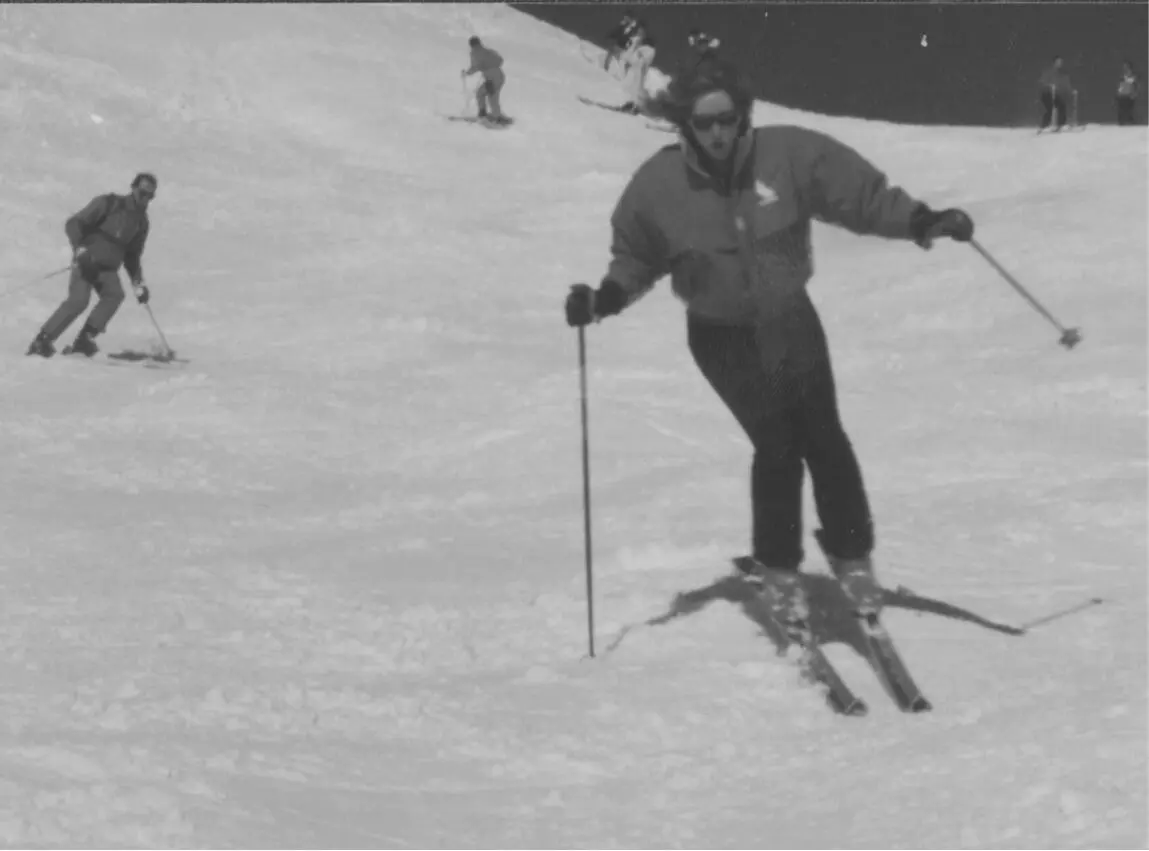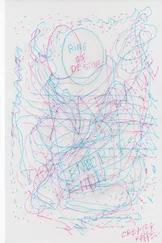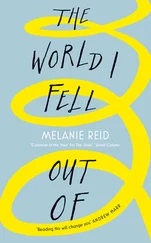Perhaps that’s what happens when you face sudden, extreme disability as an adult: a sense of disconnect, of disbelief, which I can best describe as a compound fracture of the soul. Losing the use of one’s legs is profound, an event so fundamentally wrong that it catapults you through a door which no one else who has full function can possibly enter, into a place which often is the loneliest place in the world. Humans were not meant not to be able to walk; we are hard-wired to move, and at the deepest level we understand that in movement lies our ability to survive, to feed, to keep warm, to seek shelter, to procreate, to interact. Mobility is caveman stuff – we are programmed to understand, somewhere in our ancient genes, that those who cannot keep up are left behind to the wolves. When wild animals and primitive people fall ill, or fail with age, or grow lame, they drop back from the herd. It is natural. Those who cannot walk are left behind; they become isolated; their weakness overtakes them; they stop, lie down and die. Elephants do it; sheep do it; Native American people did it. By allowing the healthy to move on, unburdened, nature ensures the survival of nature. Walking therefore has a grip over our imagination, which helps to explains healthy people’s subconscious prejudice against wheelchairs, manifest in their impatience and irritation and sometimes open hostility. Civilisation in certain instances can desert us in a flash, because deep down it’s about life or death. Walk and win. Go off your feet and you’re history.

Long legs were good for skiing. In the Alps in the yuppie 1980s.
Now I’m sure everyone, should they ever be forced to part with them, would be partial to their own legs, but I’d always been particularly attached to mine and my initial feeling was absolute bewilderment. They weren’t slim or beautiful, my legs, but they were so unusually long they defined who I was: a thirty-six-inch inside measurement, longer than most men’s, making me over six feet tall without shoes on. I liked that. They gave me scope, shaped my identity: in their time they had pogoed to punk bands, skied down black runs, ran half marathons, walked up mountains and done crazy charity endurance stunts. This is humblebragging, isn’t it? I’m boasting, pathetically, about something I don’t possess any more. But it is the only way I can plot the scale of my loss. My legs were my closest allies, my ever-ready Amazonian accomplices, enabling me always to skip away from bores and bossiness and bureaucracy. Catch me if you can. All of which made my present situation even more difficult; the sense of bereavement even more profound. Without my legs, I was baffled. What now? I’m sure every sporty person, every individualist and risk-taker who has ever damaged their spine, feels the same. How did we bridge the imagination gap between what was, and what is? Who was this godforsaken new person who could not move? I did not know them. Nor did I know what they might become. Nor, quite frankly, did I have any intentions of finding out. I was going to get better.
Paralysis. The Venerable Bede prescribed a cure. ‘Scarify the neck after the setting of the sun and silently pour the blood into running water. After that, spit three times, then say: “Have thou this unheal and depart with it.”’
Paralysis. According to Wikipedia, defined by the loss of voluntary movement or motor function. A late Old English word, via Latin from Greek paralusis , from paraluesthai ‘be disabled at the side’, from para ‘beside’ + luein ‘loosen’. A term used figuratively from 1813.
Paralysis. According to the Egyptian physician Imhotep, 3,000 to 2,500 years BC: ‘If thou examinest a man having a dislocation in a vertebra of his neck, shouldst thou find him unconscious of his two arms and his two legs on account of it (and) urine drips from his member without his knowing it, his flesh has received wind, his two eyes are bloodshot … he has an emissio seminis which befalls his phallus, thou shouldst say concerning him, “an ailment not to be cured”.’ Give or take the phallus, old Imhotep was spot on.
Paralysis: all in all, a complete bastard of a word.
The human skeleton is designed to protect your core nervous system at all costs: the vertebrae link like chain-armour around it, grow bony spikes on the outside to foil intruders. The spinal cord is the wiring from central command and control; it is the engine of your free will; the power and pleasure of your flesh. When the spinal cord is damaged, it is indeed like a nuclear attack, the ultimate hit. Your body does everything it can in defence: it shuts down, retreats into itself, sends fluid to the site of the injury. Every resource available goes to the core and the extremities get forgotten about. The surface of your hands and feet become thickened and leathery with excess skin. Your heart rate slows, you start to retain litres of water and swell all over. The body remains in a state of suspended animation for four to six weeks, during which time accurate diagnosis of the extent of your injury can be impossible. Some weeks after my accident a deep ridge started to emerge from the cuticles at the bottom of my fingernails and slowly grew its way up: a tremor in my body’s rock stratum; a record of the geological seismic shock within me.
They don’t hang about on the NHS. As soon as my neck was judged suitably stable, they started to hoist me into a wheelchair. There is a set regime to protect the skin on your backside from pressure sores. You start with half an hour a day in the chair, then an hour. You build up. You carefully toughen your epidermis to its new weight-bearing role in life. Overnight, your buttocks have become the soles of your feet. When you accustom the skin to that fact, you’ve reached the magic goal in spinal rehab of ‘up as able’. You’re then allowed to sit in your chair all day. This process takes weeks.
Getting up was a ritual like preparing a medieval knight for battle, a fairly accurate reflection of the pace of life with a spinal injury – achingly slow, with progress measured on a scale too tiny for the able-bodied to contemplate. Understand the mammoth effort, you able-bodied, and you will never again take for granted the fast, fluid ability to sit up in bed, swing your legs over the side, and stand up. First, the nurses have to dress you. It feels like they are stuffing a giant sausage. No underwear, just the baggiest T-shirt and joggers you possess. I had asked the boys to bring me in one of my 10k race T-shirts and the nurses cut the neck to widen it. It was a symbol of who I really was and my statement of intent – a sporty person who shouldn’t be here. Mistaken identity. As reality bit, I felt embarrassed and threw it away.
Then they put on my high, choking collar and they rolled me on the bed into a hard white plastic shell, a back brace, to protect my lower-down fracture, until, trussed, I resembled a Storm Trooper even more closely. Why was I so miscast? Didn’t they realise I was actually, in my past life, a female Jedi warrior? The brace on the collar extended down my sternum; the body brace came up to meet it. Thrust up into the gap between, elevated like some spoof medieval embonpoint, came my breasts. They sprouted, insensate, near my chin.
‘Jesus, your tits look amazing,’ said a male colleague who came to visit me a couple of weeks later, ‘like they’re peeking over the garden fence.’ Never was there a less sensual image.
Only then, fully armoured, was it time to be hoisted into a chair. Lack of balance and orientation from weeks spent lying flat, plus the low blood pressure endemic to my injury, made this an ordeal. Seasick and head swimming, headsick and seaswimming, I was rolled to get the hoist cradle under me, and then lifted up to dangle for all the world like a dead cow in an abattoir; whereupon they lowered me into a wheelchair, rocking me forward and back until my weight was centralised. The whole process was exhausting, lengthy and discombobulating. That first time, I cried out in fear – I had a terrifying sensation that my head was loose and was going to fall off backwards, so the physiotherapists fashioned a temporary cardboard extension to the chair back to comfort me. They told me my neck was completely stable and things would get easier but I was not convinced. Inside, I screamed at the indignity and the horror of it: outwardly, I put on a grim smile and told myself sternly that this was progress. This was how to get better. First goal, get used to the chair. Then begin the recovery.
Читать дальше













